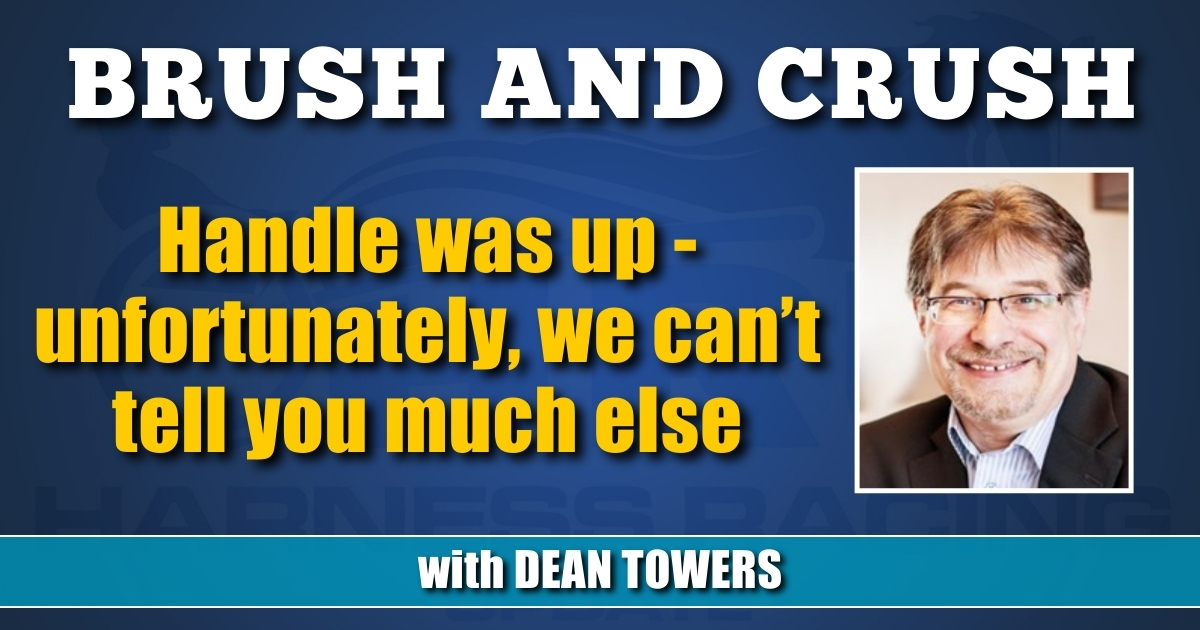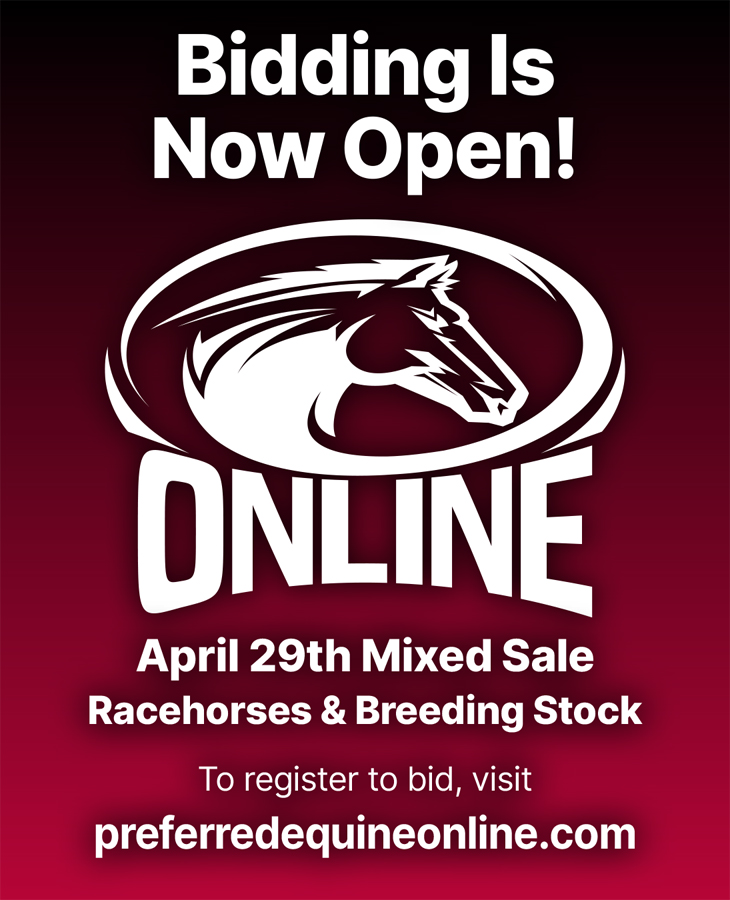

Handle was up – unfortunately, we can’t tell you much else
Deep data dives into the business of racing continues to be an afterthought,
and it’s costing the sport money.
by Dean Towers
Standardbred Canada posted a brief news story on North American harness handle and purses for 2023 this week.
In the U.S., handle was up 6.59 per cent to $1.59 billion, total purses were a shade over $500 million, up 3.64 per cent.
In Canada, handle was up to $646M, a 6.18 per cent gain. Purses were down 5.84 per cent to $121.01M.
I suppose most of that is good news. But we’re not totally sure, because sadly we can’t tell you much else.
British Prime Minister Benjamin Disraeli is credited with the famous quote, “there are three kinds of lies — lies, damned lies and statistics,” and I think we can agree there’s some meat in that missive. Statistics without causation or context can be precisely that.
However, Disraeli’s quote (he was a politician after all) smacks of hyperbole because business analysis — virtually everything we see or buy or watch — revolves around numbers today.
Wal-Mart developed a system over a decade ago where weather patterns and purchases were examined. When it’s raining and you walk into a Wal-Mart, you will see a sale on umbrellas, likely right when you walk in.
Search giant Google sold over $220B in ads last year, and one may think that big of a top line is enough, but it’s just the start. How the $220B is spent is most important to them, as is improving it.
For example, you might’ve come upon a search ad recently on your desktop, and when you hovered over the phone number a bar code popped up so you can call from your cell. This allows them to gather data and model device switching, something they have never been able to do properly before. Getting to the heart of the matter is their purpose.
These are two examples of thousands, of course.
Now, back to horse racing.
Do you know what percentage of handle actually went to purses, and where the differences are via geography or jurisdiction?
Where did the handle come from? What type of customer segment is growing, what’s shrinking? What tracks are doing well, which aren’t?
What was the effective takeout for the customer? Are some customers getting such great deals they’re driving the handle growth in harness racing’s version of the Pareto Principle?
Here’s what we may think is a basic question.
Do you know what percentage of racing handle (in this case, thoroughbred handle) in 2023 went to what pool? I do, but it was only because I found it on a Twitter feed from someone named “Crunk.”
The answers to these questions, I think, should be rudimentary, but they’re generally elusive. And without these basics it’s difficult to model any big question.
Questions like, what’s the optimal size of a carryover pool? How much of the new money a carryover attracts is from people who don’t bet the sport regularly? If a track increases a purse by $5,000 what’s the resulting increase in field size? If we slide takeout down by 5 per cent in a win pool, what happens to revenue?
What promotions work best? What drives horsepeople to enter horses? What drives people to buy them?
In my view, to answer questions — important questions that can raise revenue for the sport of horse racing — we need to gather better aggregate numbers and employ people with the skill to analyze them.
The sport, even after all this time, isn’t there yet.














